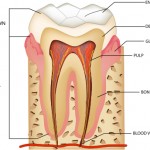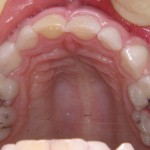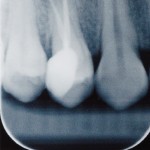
This review of endodontic treatments for immature teeth included 7 small RCTs at medium to high risk of bias. They suggest that mineral trioxide (MTA) may provide better clinical outcomes in relation to apical closure but the findings should be interpreted with caution.
[read the full story...]


